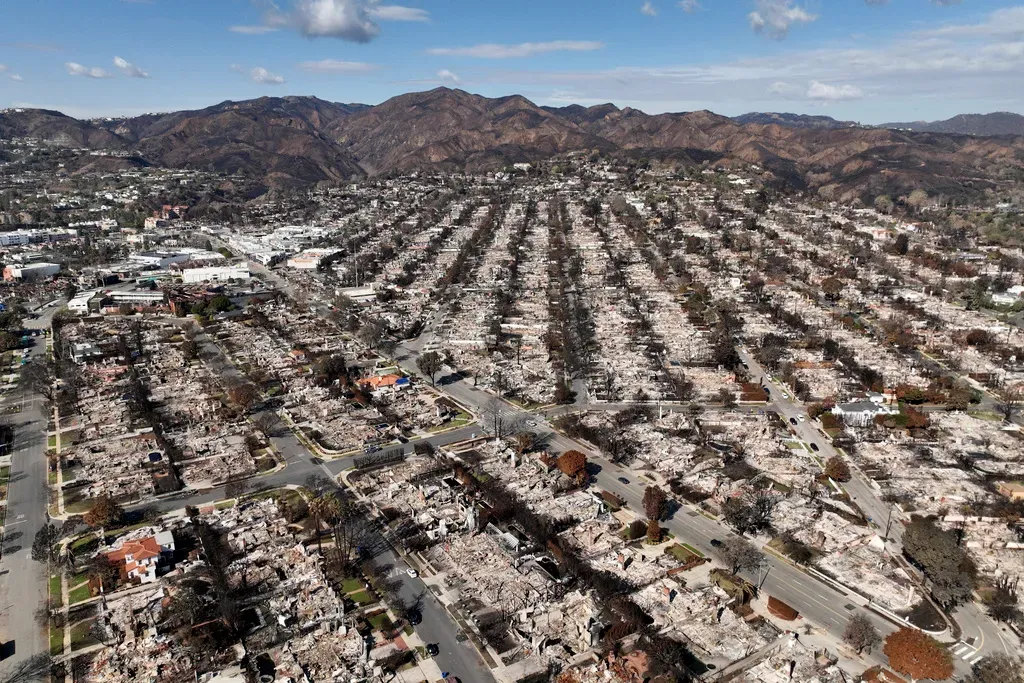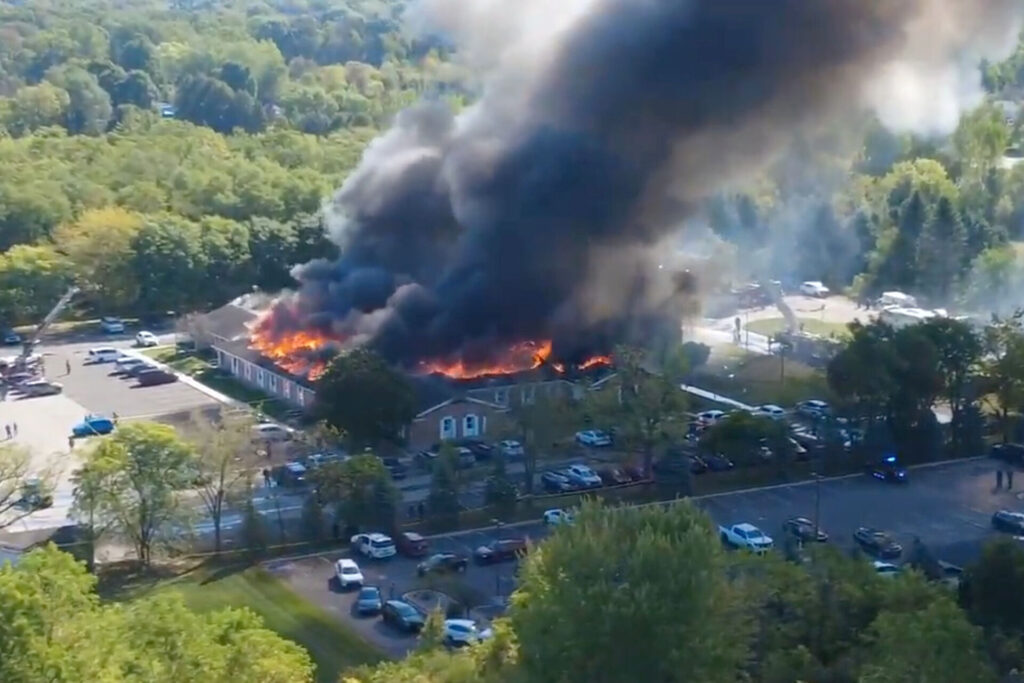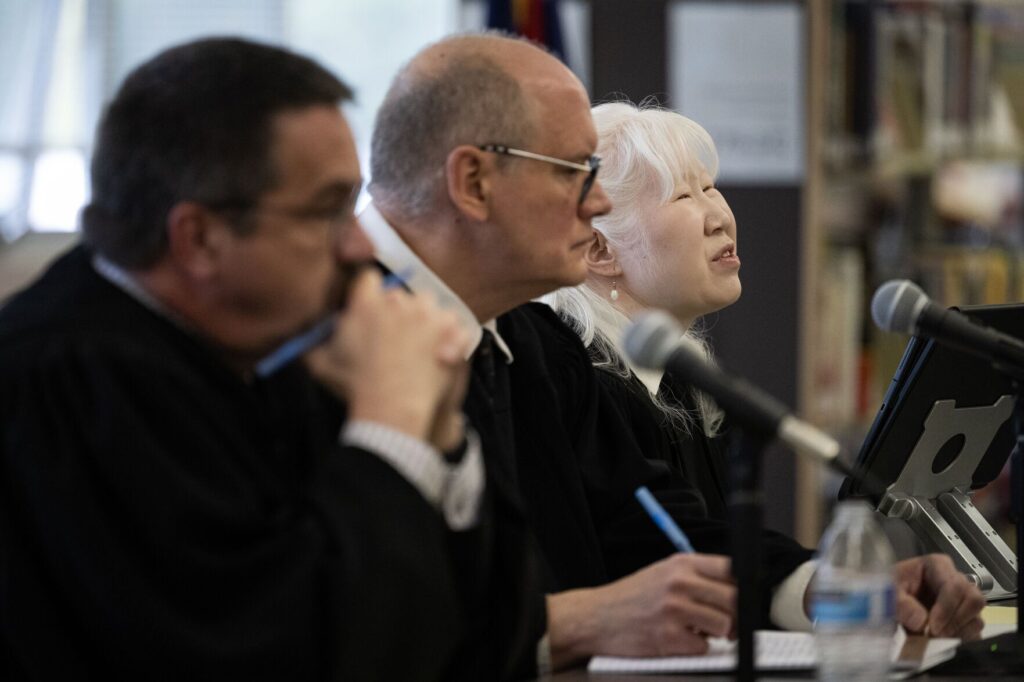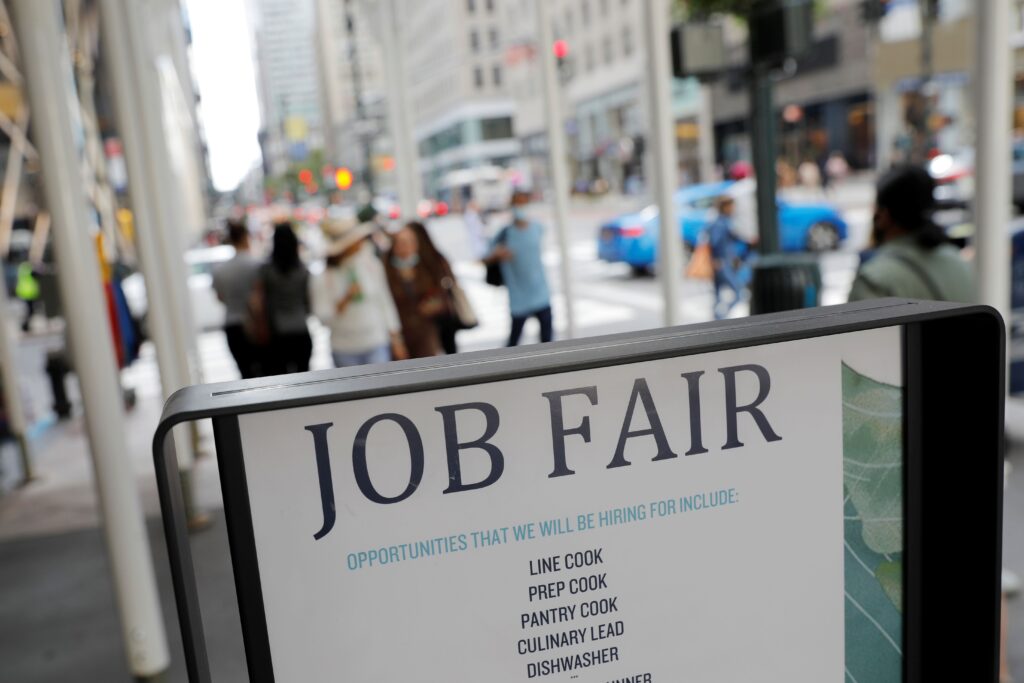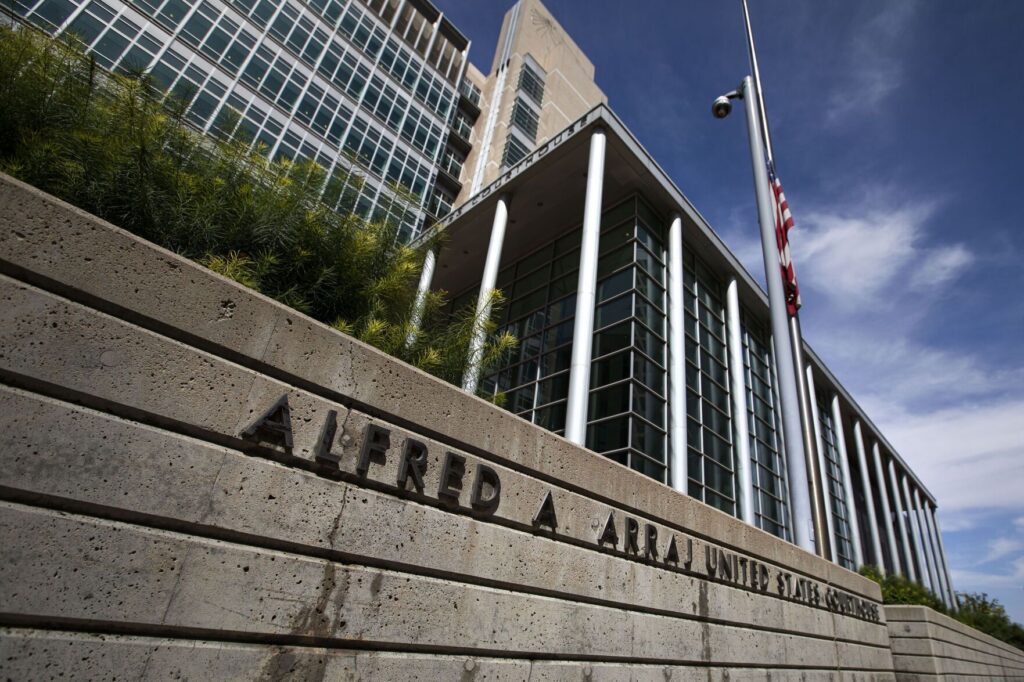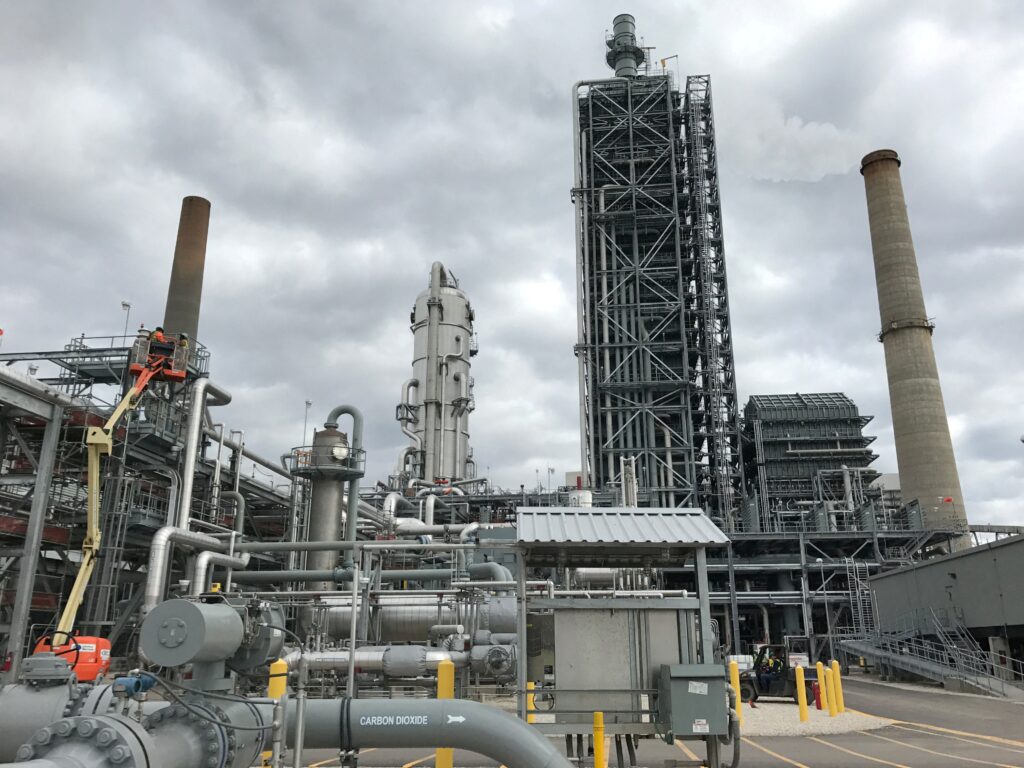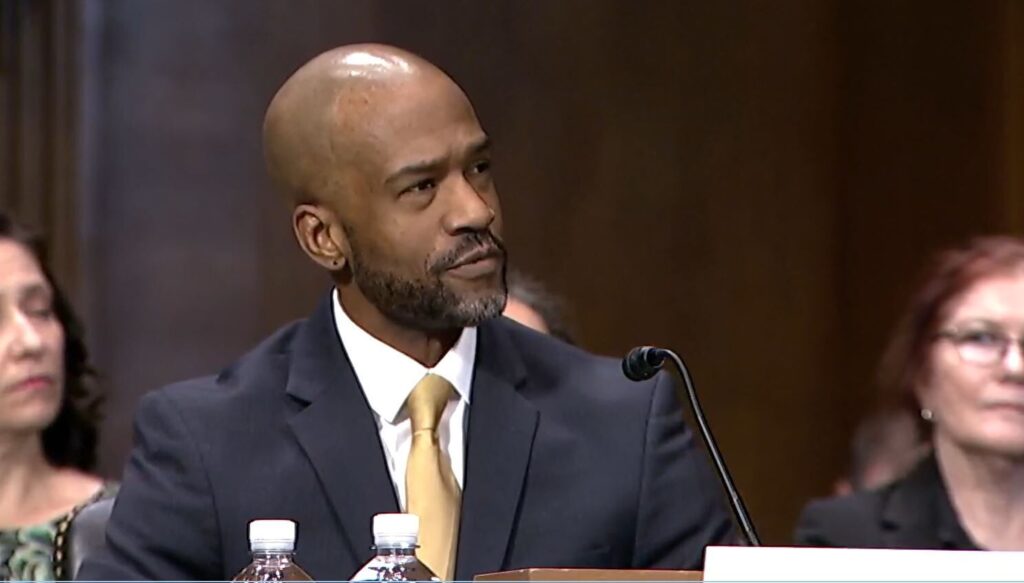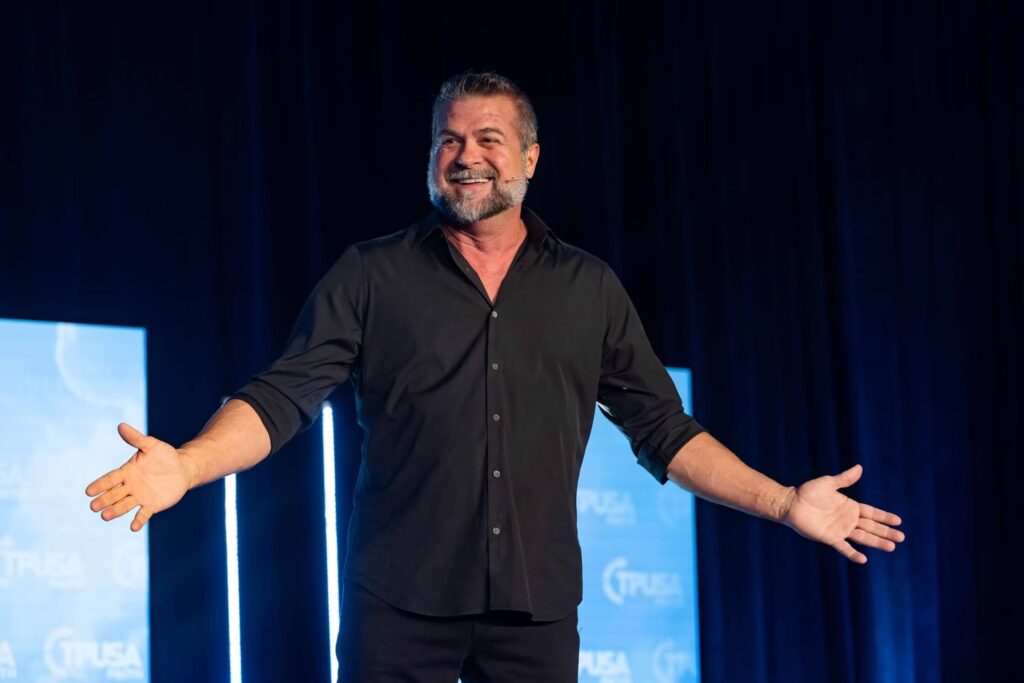Air Force Academy’s Lindgren says astronauts escape Earthly squabbles
Astronaut Kjell Lindgren missed his class reunion at the Air Force Academy. But cadets and his class of 1995 classmates sent him a message in space. Using bedsheets, cadets crafted a massive message on the academy’s terrazzo that could be seen from orbit: KTP 95.
That’s Keep the Pride ’95. It was big enough to see from Lindgren’s weightless perch, 250 miles above the campus.
“That was my best day in space,” Lindgren said last week before he talked to an astronautics class at the school north of Colorado Springs.
Lindgren, who spent six months orbiting Earth aboard the International Space Station, said his journey to the stars started at the academy.
“Cadets need to stop and recognize what an amazing environment they are in right here,” he said.
Lindgren got a biology degree at the academy and used that to get a master’s from Colorado State and a medical degree from the University of Colorado at Boulder.
From the start of his time at the academy, Lindgren aimed for orbit.
“I’m a huge space nerd,” he admits.
He was selected for the space program in 2009 and spent six years in astronaut training and other Earth-bound tasks before he rocketed to the space station in 2015 in a Russian capsule.
Among his accomplishments, Lindgren is the first human to eat vegetables grown in space.
“I absolutely loved flying in space,” he said.
Astronauts have a packed schedule aboard the station. In 141 days above the planet, Lindgren completed more than 100 NASA experiments and went on a pair of space walks.
He also learned a lot about diplomacy. He orbited as tensions rose between the U.S. and Russia over Russian interference in Ukraine.
Relations between the two nations have chilled to a near Cold War temperature. Through training in Russia ahead of the launch, Lindgren heard a lot about the international dispute.
“There is a political layer that is constantly chattering,” he said.
But on the space station, which has about the same interior room as a Boeing 747, there’s little extra space for diplomatic flaps.
“There is a political domain that we try not to let bother us,” he said.
It’s not a giant leap. Lindgren said the squabbles on Earth seem pretty puny from the space station’s windows.
“About everyone who comes back from space has a different perspective,” he said.
The 19-year-old space station was developed with the help of nations around the globe. That spirit of global unity pervades the place he said.
“It is former adversaries working together to do something great for humankind,” he said.
More than the science that’s been gained from the station has been the diplomacy it has sparked, he said.
“The most important benefit from this decades old program is that international cooperation piece,” Lindgren said.
That international cooperation is a big part of what keeps the station going. U.S. airmen keep watch over the station so it avoids orbiting debris. Japanese and European scientists plan and monitor its experiments. Russian engineers and scientists organize resupply missions.
The six astronauts have thousands on the ground supporting their work.
“We are one small part of a much larger team,” he said.
Lindgren remains in the astronaut program and hopes to return to space for planned missions to the moon and beyond.
He just wants to get that view one more time.
“It’s a vibrant blue globe sitting in inky blackness,” he said.


